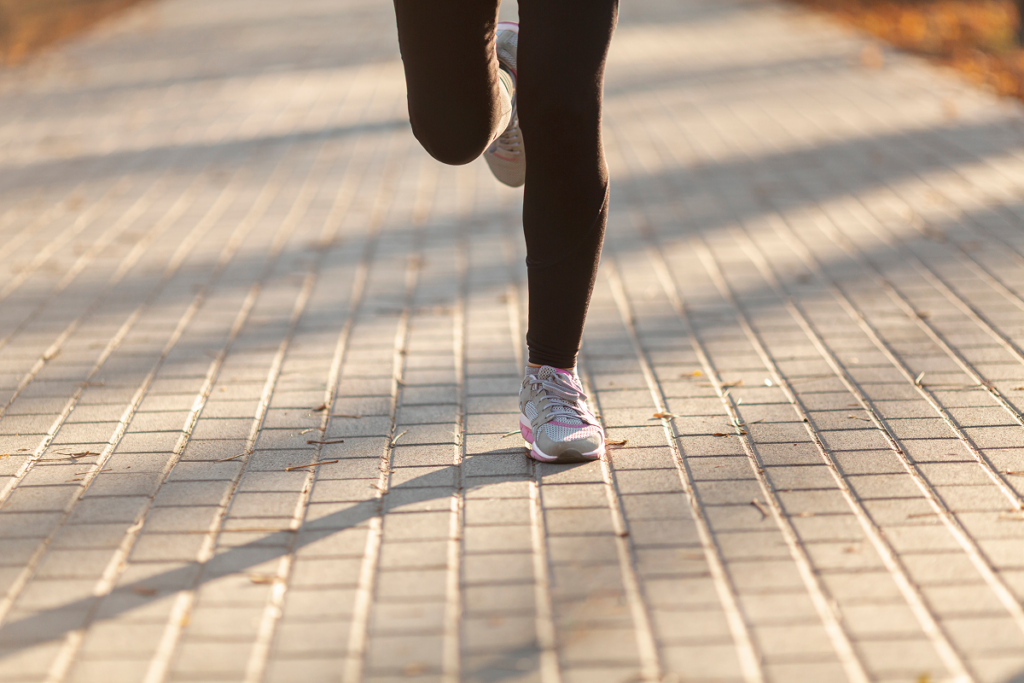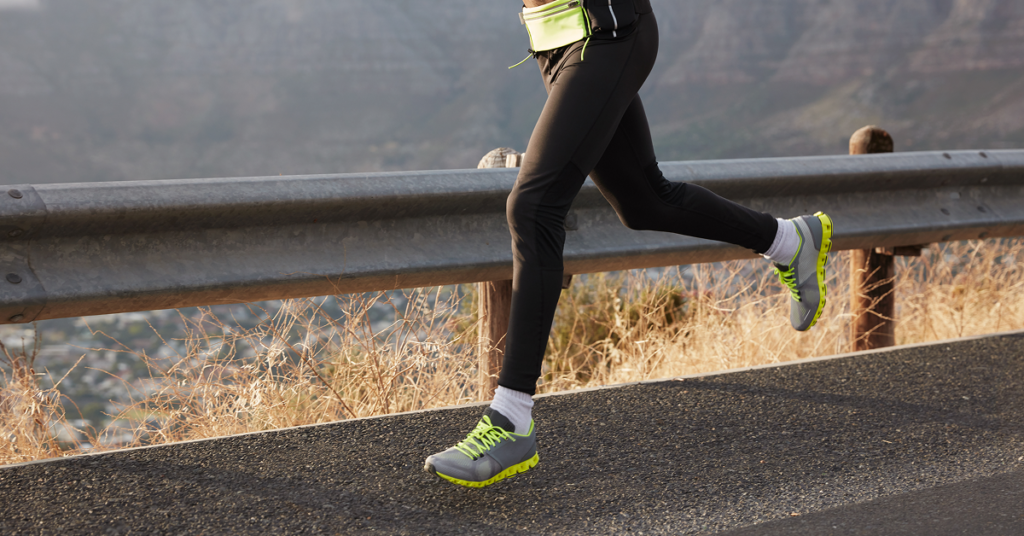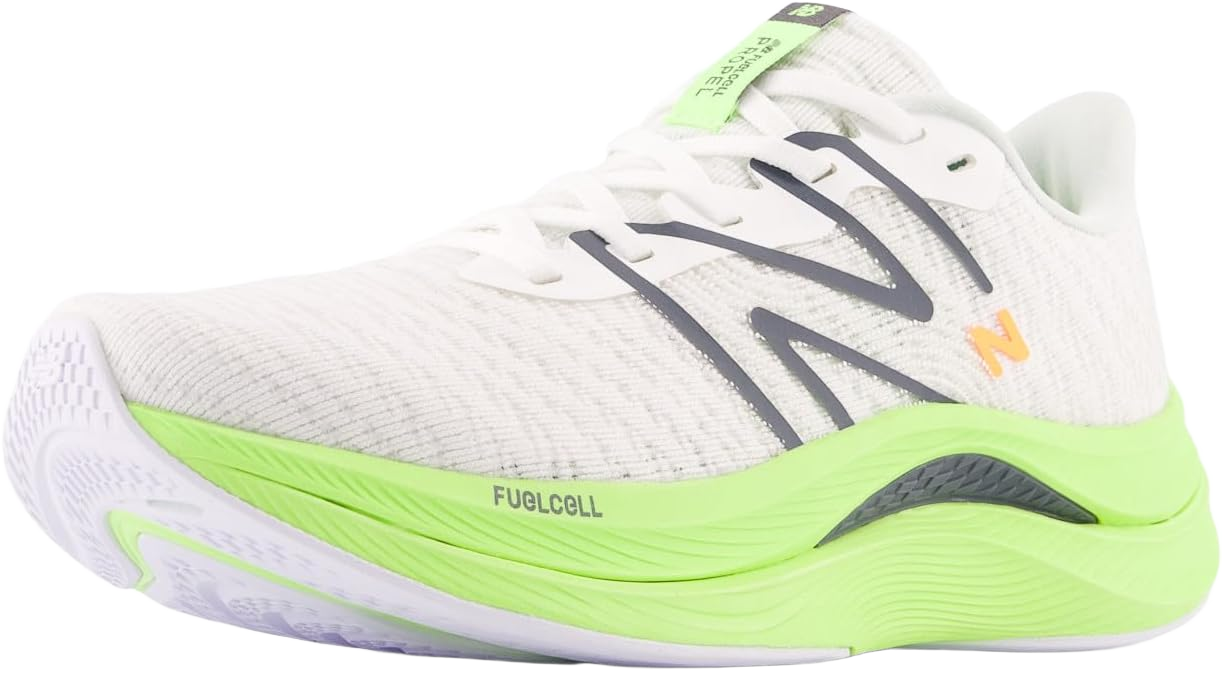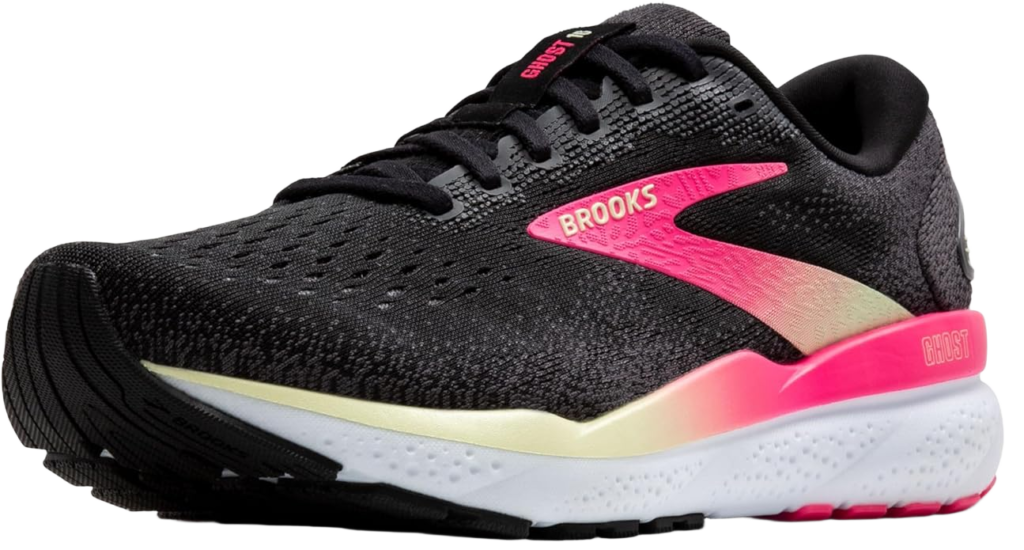Finding the right pair of running shoes is crucial for comfort, performance, and injury prevention. Whether you’re a beginner or a seasoned runner, choosing the best shoes can make a significant difference in your running experience. Here’s a step-by-step guide to help you find the perfect fit.
Know Your Foot Type
Your foot arch plays a major role in determining the type of support you need. Understanding your foot type helps you pick the right shoe to avoid discomfort and injuries. There are three main foot types:
- Flat Feet (Overpronation) – If you have low or no arches, your feet tend to roll inward excessively when running. You need stability or motion-control shoes that provide extra arch support and help distribute impact evenly.
- Neutral Arch – If you have a medium arch, your feet naturally absorb impact and don’t roll excessively. You’re best suited for neutral or cushioned running shoes that provide balanced support and flexibility.
- High Arch (Underpronation/Supination) – If you have high arches, your feet don’t absorb shock efficiently, leading to increased impact on your joints. You should look for shoes with extra cushioning to compensate for the lack of natural shock absorption.
How to Check Your Foot Type
There are a few simple ways to determine your foot arch:
- Wet Test: Wet the bottom of your foot and step onto a piece of paper or a flat surface. Examine the imprint left behind:
- If you see almost your entire foot, you likely have flat feet.
- If you see about half of your arch, you have a neutral arch.
- If you see only your heel and ball of your foot with little connection, you likely have high arches.
- Shoe Wear Pattern: Look at the soles of your old running shoes:
- Excessive wear on the inner edge suggests overpronation (flat feet).
- Even wear suggests a neutral arch.
- Excessive wear on the outer edge suggests underpronation (high arches).
- Consult a Specialist: A podiatrist or running store expert can analyze your gait and recommend the best shoes for your foot type.
Consider Your Running Surface

Different terrains require different types of running shoes. Choosing the right shoes based on where you run ensures optimal grip, stability, and comfort.
- Road Running Shoes – Designed for pavement and smooth surfaces, these shoes are typically lightweight and offer ample cushioning to absorb impact. They provide flexibility and breathability but may lack aggressive traction for rough terrains. Ideal for runners who primarily jog on streets, sidewalks, or treadmills.
- Trail Running Shoes – These shoes are built for off-road paths, dirt trails, and rocky terrains. They offer enhanced grip with rugged outsoles, extra stability, and protection against debris, roots, and uneven surfaces. They often come with reinforced toe caps and water-resistant materials to handle rough environments.
- Hybrid Running Shoes – If you frequently switch between roads and trails, hybrid shoes provide a balance between road running comfort and trail-ready traction. They feature moderate grip and cushioning, making them a great option for mixed-terrain runners who don’t want to switch between multiple pairs of shoes.
When selecting a running shoe, consider where you run most often and choose the type that best suits your needs.
Ensure the Right Fit
A good fit is essential to avoid blisters, black toenails, and discomfort. Keep these tips in mind:
- Leave about a thumb’s width between your longest toe and the shoe’s front.
- Make sure the shoe is snug but not too tight around the midfoot and heel.
- Try on shoes in the afternoon or evening, as your feet swell throughout the day.
Cushioning & Support
The level of cushioning in a running shoe affects comfort, shock absorption, and overall performance. The right cushioning depends on your running style, foot structure, and personal preference.
- Minimal Cushioning – These shoes are lightweight and provide a more natural, barefoot-like feel. They are ideal for runners who prefer a close-to-the-ground experience with greater foot flexibility and responsiveness. Minimalist shoes are often used by experienced runners who focus on improving foot strength and running form. However, they may not be suitable for runners needing extra shock absorption.
- Moderate Cushioning – These shoes offer a balanced level of cushioning, making them suitable for most runners. They provide a good mix of comfort, shock absorption, and responsiveness, making them ideal for daily training and general running. Moderate cushioning is great for runners who want protection without sacrificing too much ground feel and flexibility.
- Maximal Cushioning – These shoes provide extra softness and shock absorption, making them perfect for long-distance runners or those with joint pain. They reduce impact stress, helping to prevent injuries for runners who spend a lot of time on hard surfaces. Maximal cushioning shoes are often preferred for marathon training, recovery runs, and runners with a history of knee or joint discomfort. However, they can be slightly heavier than minimalist options.
How to Choose the Right Cushioning for You
Consider Your Running Distance – If you run long distances, maximal cushioning can help reduce fatigue and stress on your joints. For short, fast runs, a lower cushioning level might be preferable.
Think About Your Body Type – Heavier runners may benefit from more cushioning to absorb impact effectively, while lighter runners may find moderate cushioning sufficient.
Assess Your Running Style – If you land heavily on your heels, extra cushioning can help absorb impact. If you have a more efficient midfoot or forefoot strike, you may prefer a shoe with less cushioning for better ground feel.
Check Durability & Weight
- A running shoe’s durability and weight can significantly impact performance and comfort. Here’s what to consider:
- Durability – The longevity of a shoe depends on its materials and construction. Shoes with high-quality rubber outsoles, reinforced toe areas, and durable mesh uppers tend to last longer. Look for:
- Carbon rubber outsoles, which last longer than blown rubber.
- Seamless uppers that prevent wear and tear from friction.
- High-abrasion materials in high-impact areas to extend lifespan.
- Weight – The weight of a shoe affects speed and endurance:
- Lightweight shoes (150-250g) are best for racing and speed training but may lack durability.
- Mid-weight shoes (250-300g) provide a balance between cushioning and performance.
- Heavier shoes (300g+) offer maximum cushioning and durability, making them ideal for long-distance running and heavier runners.
The right balance between durability and weight depends on your running goals. If you’re training for speed, a lighter shoe is preferable, but for daily training and long distances, a more durable shoe is a better investment.
Try Before You Buy (or Pick the Right Online Store)
- If shopping in-store, run or jog a little to test comfort.
- If buying online, check the return policy in case the fit isn’t right.
Replace Your Shoes Regularly
Running shoes lose support over time. Replace them every 300-500 miles or when you notice signs of wear.
Conclusion
Choosing the right running shoes can improve your performance and protect your feet. Take the time to find the perfect pair based on your foot type, terrain, and comfort preferences.
Looking for the best running shoes? Check out my top picks






